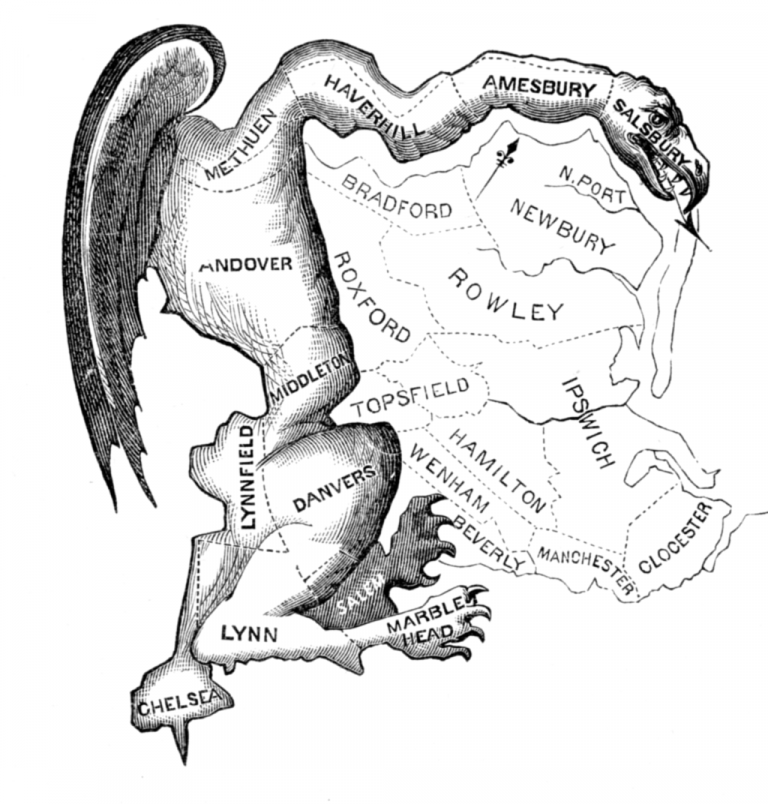The Atlantic Assesses Political Polarization
Interpreting U.S. political polarization as symptomatic of flawed governmental and party structures is a common explanation for Washington gridlock in 2017. In its March 2016 assessment of the situation, The Atlantic drew on the most commonly proposed explanations for the current political stalemate (a climate that may have soured even further in the 18 months since the article was published) and examined the claims that they rest on.
 (1) Political polarization is not always worse than it’s ever been. Riots raged across America in the 1960’s in response to racial injustice, to the disgust of many in the country. And before that, the legacy of the Civil War lingered in Washington for decades in the 19th century, even leading to violence on the Senate floor. The claim, then, that polarization has peaked in our current era is perhaps a little too hyperbolic. What really alarms pundits is when we compare on the current climate with that of the 1950’s, or the 1970’s. For Americans who grew up in this era, the current divisions seem particularly stark, largely because the
(1) Political polarization is not always worse than it’s ever been. Riots raged across America in the 1960’s in response to racial injustice, to the disgust of many in the country. And before that, the legacy of the Civil War lingered in Washington for decades in the 19th century, even leading to violence on the Senate floor. The claim, then, that polarization has peaked in our current era is perhaps a little too hyperbolic. What really alarms pundits is when we compare on the current climate with that of the 1950’s, or the 1970’s. For Americans who grew up in this era, the current divisions seem particularly stark, largely because the
(2) Congress is at a stalemate because of the founders. The constitution is flawed. Considering the constitution as a flawed document is inevitably controversial. But if the branches of government are genuinely unable to reach bipartisan settlements, then should the foundation of the federal government be scrutinized for its weaknesses? To be fair to the founders, they failed to anticipate the power of parties to whip votes and change the nature of Congress. And this claim again seems to ignore the instances in contemporary American history where major legislation has passed when Congress (and the White House) is unified under a significant majority of either party.
(3) Gerrymandering gives no incentive to run on a bipartisan platform. Particularly relevant in 2017, considering the upcoming Supreme Court decision on ‘extreme’ district drawing in Wisconsin, is the issue of gerrymandering. Even a cursory glance at some of the most extreme gerrymandered districts makes it clear how much district-drawing (and warping) makes it virtually impossible for many congressional races to be competitive between parties. This, in turn, makes primaries the ‘real’ election and leaves potential representatives with no incentive to reach across the aisle. In a strangely ironic turn, gerrymandering itself appears to enjoy some bipartisan condemnation. In blue states such as Illinois, Republicans decry being ‘locked out’ of districts where they could be competitive, and vice versa with Democrats in Pennsylvania. There appears to be more traction on this issue than others; following the 2020 census, a dozen states will switch to using an independent commission to draw districts.
-Jonathan Riddick


